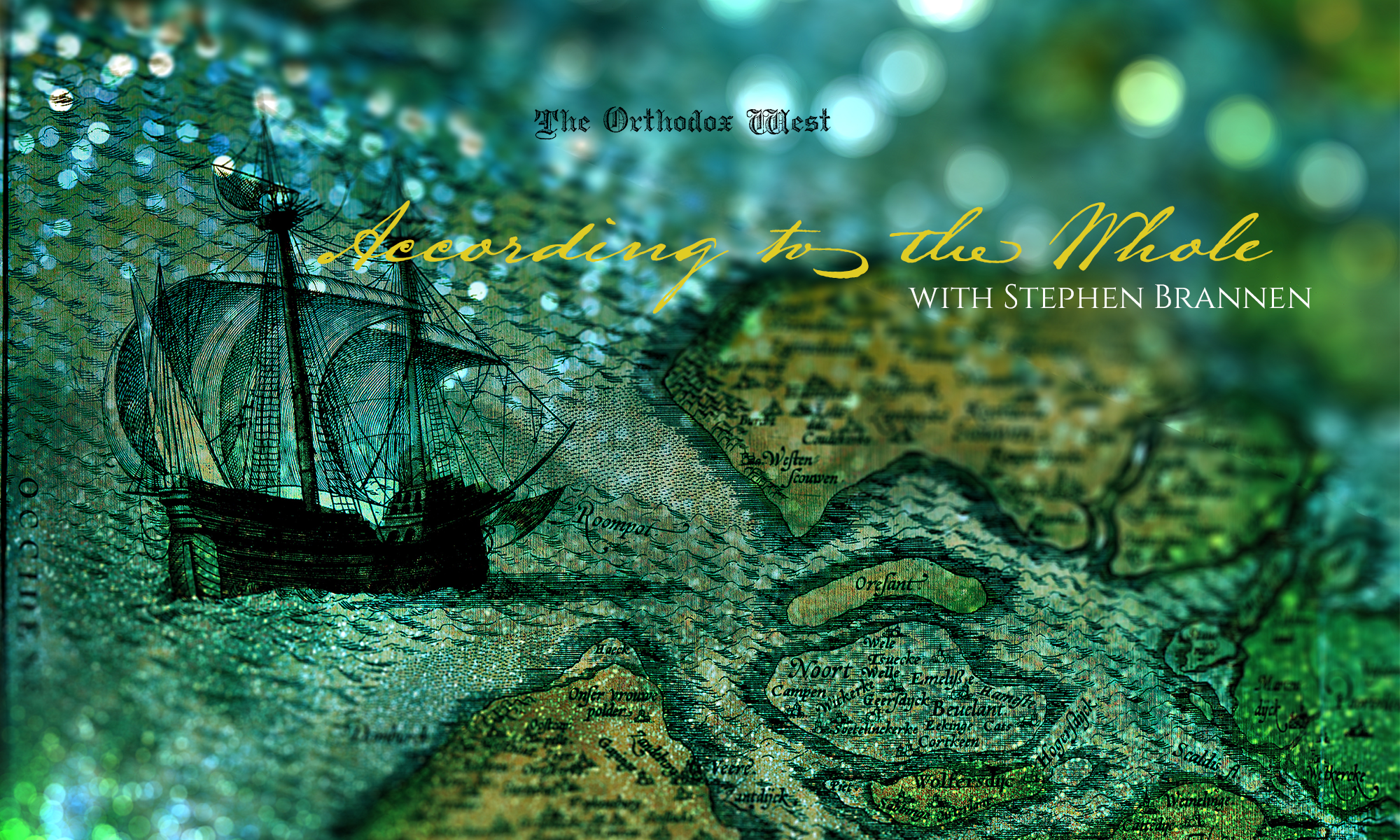
This handy visual provides some useful imagery for the season of Lent. At the center and dominating the picture is the Cross, because this entire season has at its center the Cross.
The steps leading up to the beginning of Lent are the preparatory Sundays of Septuagesima, Sexagesima, and Quinquagesima. On the right side of the Cross is a censer with incense rising up representing prayer (Ps. 141:2; Rev 5:8, 8:4), because prayer undergirds everything we do in Lent and should even be increased now. On the left side of the Cross is a burning palm branch, because the palms used in procession on Palm Sunday the previous year are burned to become the ashes applied to our heads which remind us that we ourselves are the same dust (Gen 3:19).
Inside the Cross at the bottom are the three disciplines (in addition to increased prayer) that we take up during Lent: abstaining from eating flesh-meat, fasting from all but one meal a day, and giving alms to those in need in a more active and generous way.
Around the halo of the Cross are the primary days of Lent, beginning with Ash Wednesday, on which we begin our abstinence, fasting, and alsmgiving and receive the ashen Cross on our heads; the first Sunday of Lent, which sets the theme of fasting in the desert, which is the reason for the Matthew 4:1-11 reference on the left hand side outer halo; and the Ember Days, which are one set of four seasonal Wednesday-Friday-Saturday patterns of special thanksgiving to God for our all the gifts of nature. Continuing on from there are the Second, Third, and Fourth Sundays of Lent.
The last leg of Lent is called Passiontide (meaning the season of the “Passion”,” or suffering of Christ), beginning with Passion Sunday on which the images of Christ and his saints are veiled until Good Friday. The “Seven Dolors” or the the Seven Sorrows refer to the sorrows Mary felt and the sword(s) which St. Simeon prophesied would pierce her heart (Lk 2:34-25). These sorrows are commemorated on the Friday after Passion Sunday. On Palm Sunday the liturgical procession with palms commemorating Jesus’ entry into Jerusalem takes place, as well as the first recitation of the entire Passion narrative.
Holy Thursday (also “Maundy” Thursday) commemorates the “mandate” or commandment Jesus gave to his disciples to humbly love one another, the institution of the Eucharist, and includes the stripping of the Altar and the watching with Christ at the Gethsemane vigil. On Good Friday the icons are unveiled, the Cross of Christ is venerated, and the most solemn part of our fast commences. Holy Saturday is a day of waiting and expectation for the Pascha Vigil which will begin that night.
Inside the Cross on the four arms are found symbols of the Passion, beginning at the bottom with the “cup” of suffering and sacrifice that Jesus accepts while praying in the garden and the bag of the thirty pieces of silver Judas received for betraying his Lord. On the left arm is the crown of thorns placed on Jesus head, representing the shame he bears for us. On the right arm is the column to which he was tied and the whips he endured there, representing the pain he bears for us. On the top arm are the nails which fixed him to the Cross, representing the death he died for us.
At the center of the Cross is an image of a spotless Lamb, which represents Christ, fulfilling the prophesy of Isaiah (Isa 53:7), the insight of John the Baptist (Jn 1:29, 36), and matching the vision of St. John in Revelation of a Lamb that had been slain but that was victorious (Rev 5:6, 12) and from whom flows the river of Life (22:1).
The Cross stands at the center of this picture, and around it are fixed all the lessons and actions of Lent. And at the center of the Cross is the sacrifice of Jesus, and his very Presence and Life.
